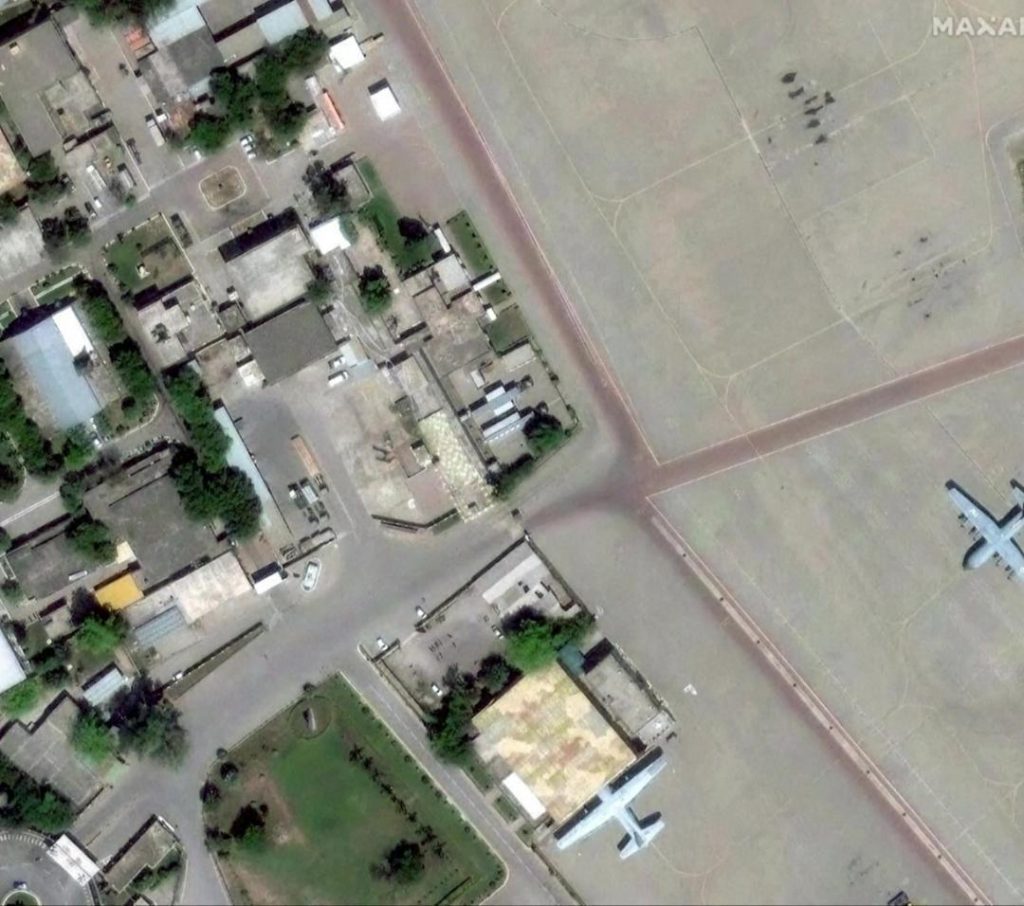
Air Defence Systems of China & Pak No Match for India’s BrahMos: Expert
The ongoing tensions between India and Pakistan have brought to the fore the capabilities of both countries’ air defence systems. In recent years, India has been at the forefront of developing and deploying advanced air defence systems, including the BrahMos missile. The effectiveness of this system was recently showcased during Operation Sindoor, where Indian forces used BrahMos missiles to precision-strike Pakistan’s air bases.
According to American urban warfare expert, Colonel (Retd) John Spencer, the air defence systems of China and Pakistan are no match for India’s BrahMos missile. In an interview, Colonel Spencer, who is a renowned expert on urban warfare and a retired Colonel of the US Army, hailed Operation Sindoor as a “textbook example” of how to neutralize enemy air bases.
“Chinese air defence systems and missiles are sub-par vis-à-vis India’s systems…India’s message was clear. It can hit anywhere in Pakistan anytime,” Colonel Spencer said.
The BrahMos missile is a supersonic cruise missile developed by India in collaboration with Russia. It has a range of over 290 kilometers and can reach speeds of up to Mach 2.8. The missile is capable of precision-striking targets with high accuracy, making it a formidable weapon in the hands of Indian forces.
During Operation Sindoor, Indian forces used BrahMos missiles to target Pakistan’s air bases, including the PAF Base Mianwali and the PAF Base Sargodha. The operation was carried out in a swift and precise manner, with BrahMos missiles being fired from Indian airspace to strike the enemy air bases.
Colonel Spencer believes that the success of Operation Sindoor is a testament to the effectiveness of India’s air defence systems, including the BrahMos missile. “The BrahMos missile is an excellent system, and it’s clear that India has invested heavily in its development and deployment,” he said.
The expert also noted that the Chinese air defence systems, which are often touted as being among the best in the world, are no match for India’s BrahMos missile. “China’s air defence systems are impressive, but they are not on the same level as India’s BrahMos,” Colonel Spencer said.
Pakistan, which has traditionally relied on Chinese military hardware, has also been unable to match India’s air defence capabilities. The country’s air force has been equipped with Chinese fighter jets, including the JF-17 Thunder, which is a multirole fighter jet designed to counter India’s Su-30MKI fighter jets.
However, despite having a large fleet of fighter jets, Pakistan’s air force has struggled to gain the upper hand against India. The country’s air defence systems, including the Chinese-made HQ-16 surface-to-air missile system, have been ineffective in countering India’s air power.
The success of Operation Sindoor has sent a clear message to Pakistan and China that India’s air defence systems are not to be underestimated. Colonel Spencer believes that the operation is a “wake-up call” for both countries to invest in the development and deployment of advanced air defence systems.
“India’s message was clear. It can hit anywhere in Pakistan anytime. This is a wake-up call for Pakistan and China to invest in the development and deployment of advanced air defence systems,” Colonel Spencer said.
In conclusion, the success of Operation Sindoor and the effectiveness of India’s BrahMos missile have sent a clear message to Pakistan and China that India’s air defence systems are among the best in the world. The BrahMos missile is a game-changer in the world of air warfare, and its deployment by India has given the country a significant advantage over its neighbours.
Source:



